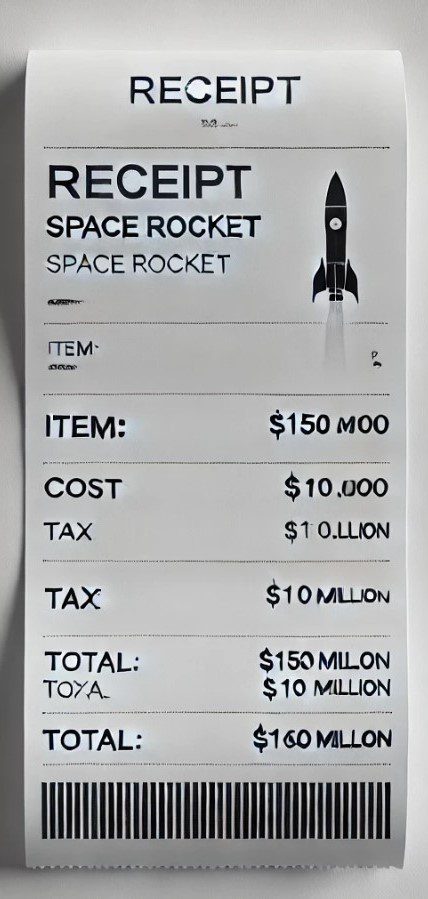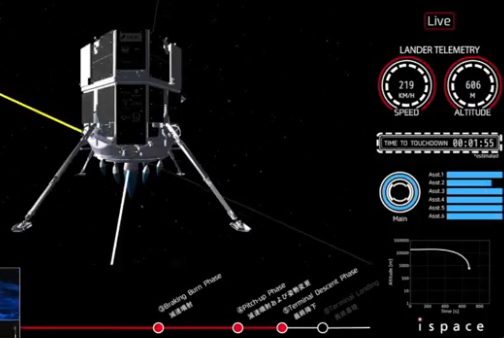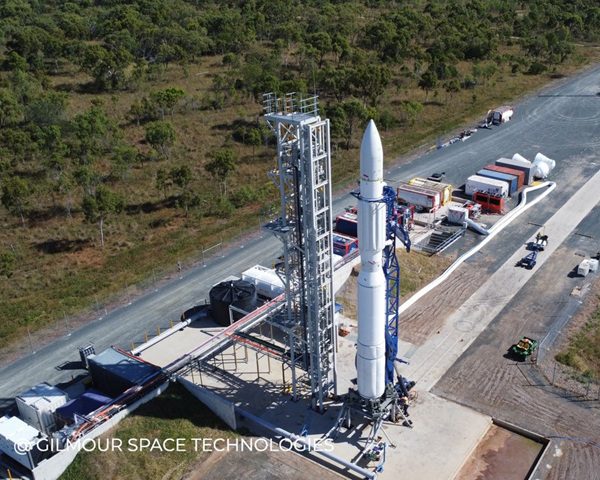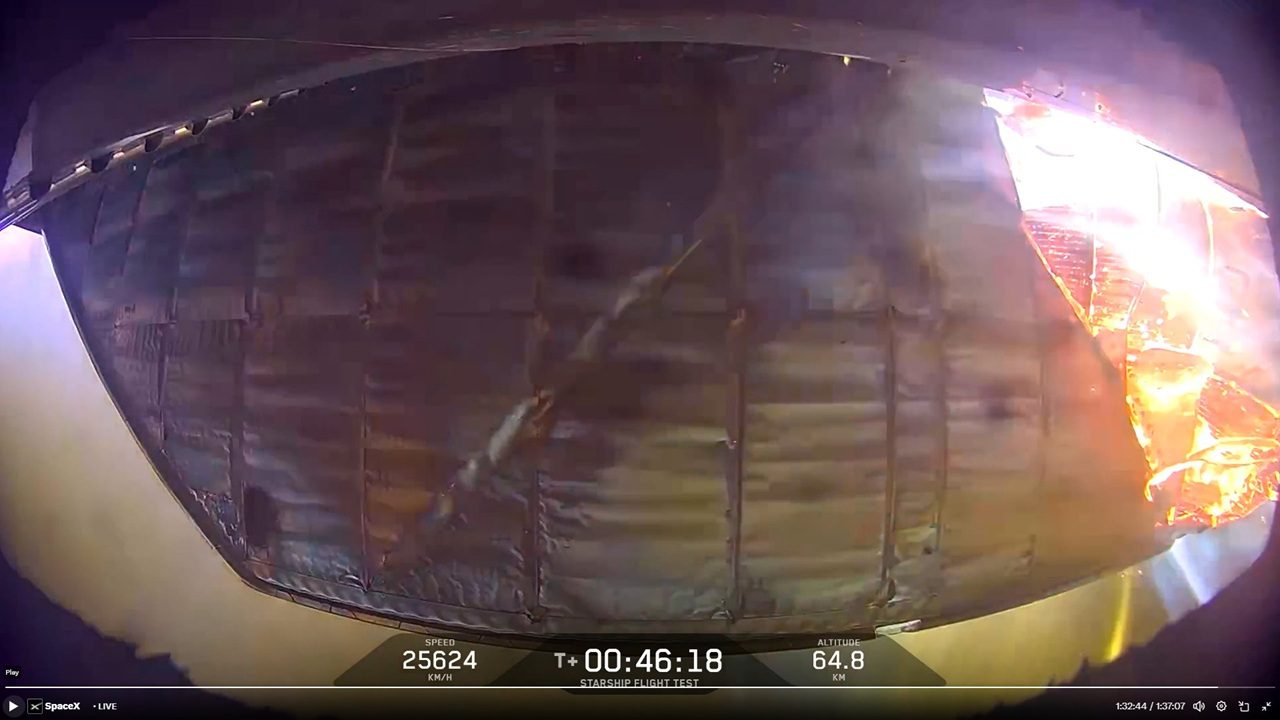On 10 July 2015 three high resolution Earth Observation satellites built by Airbus subsidiary Surrey Satellite Technology Limited (SSTL) that will form the DMC3/TripleSat Constellation were placed into 651km sun-synchronous Low Earth Orbit by a PSLV-XL launch vehicle launched from the Sriharikota launch site in India. The launch provider was ANTRIX, the commercial arm of the Indian Space Research Organisation (ISRO).
Following confirmation of separation of all three spacecraft from the launch vehicle, the ground station at SSTL’s Spacecraft Operations Centre in Guildford, UK and at Svalbard successfully established contact with the satellites.
The three spacecraft use the 450kg SSTL-300S1 series platform which allows fast 45 degree fast slew off-pointing and is capable of acquiring multiple targets in one pass using multiple viewing modes. The high resolution imager on board the satellites was designed and manufactured by SSTL and will provide 1 m resolution in panchromatic mode, and 4 m resolution multispectral mode, with a swath width of 23.4km. Operated by SSTL spin-off, DMC International Imaging (DMCii), the three satellites DMC3-1, 3-2, 3-3, will be phased 120 degrees apart around the same orbit and will be able to target anywhere on Earth once per day.
The imagery is being provided to Twenty First Century Aerospace Technology Company Ltd (21AT) of Beijing which has bought 100% of the imaging capacity after an agreement between the UK and China. It has not been disclosed if there is any “shutter control” of the images to prevent imaging of militarily sensitive regions.
One man’s cubesat is another man’s space debris
Also aboard the launch were two other satellites. CBNT, is a 91kg optical technology demonstration satellite built for and by SSTL. The 7kg DeorbitSail is a University of Surrey (from which SSTL grew from) project to build a 3U CubeSat sized satellite with a 4 x 4m deployable sail that will demonstrate rapid deorbiting. This is an important technology for debris removal given that NASA estimates that some 20% of the cubesats launched so far (mainly those in “higher” Sun-synchronous low Earth orbits) are in violation of an agreement that all spacecraft should be able to deorbit themselves one way or another, within 25 years of their end of use.






